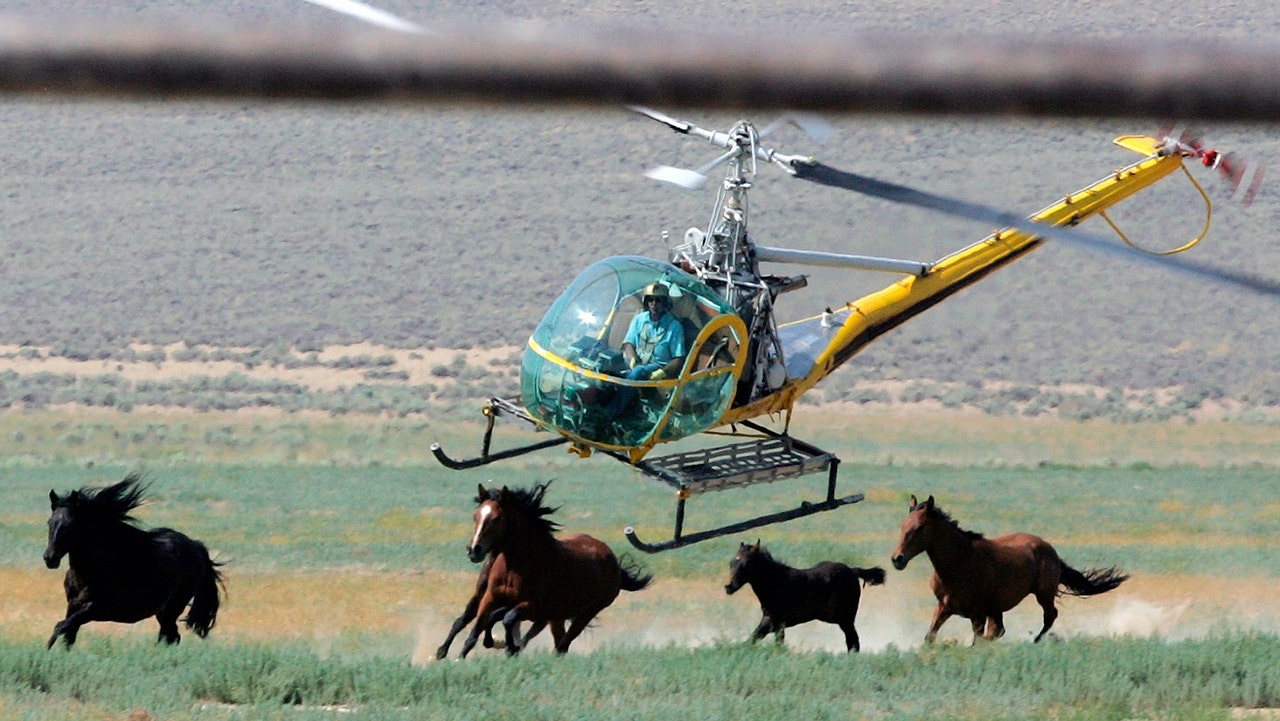The recent wild horse roundup conducted by the Bureau of Land Management (BLM) in Nevada has given rise to an avalanche of controversy. Reports reveal that the tragic toll has now escalated to twelve wild horses, a disheartening figure that has ignited fervent discussions regarding the ethical implications of such operations. This event has not only cast a somber shadow over the treatment of these majestic creatures but has also prompted a necessary reassessment of wildlife management strategies.
In recent years, the BLM has been embroiled in contentious debates surrounding its policies aimed at controlling the wild horse population. Advocates argue that these roundups, often justified under the guise of ecological balance, disregard the intrinsic value of the horses and their historical ties to the American landscape. The wild horse, a symbol of freedom and the untamed wilderness, has become a focal point in a broader conversation about conservation ethics and the preservation of natural heritage.
With the advent of modern wildlife management techniques, many stakeholders are questioning the traditional approaches applied by the BLM. Critics emphasize the need for more humane alternatives, such as fertility control and habitat preservation, which might mitigate overpopulation without resorting to roundups that can lead to injury or death. The heartbreaking reality that twelve horses have now lost their lives serves as a stark reminder of the consequences of these strategies and compels us to consider the long-term ramifications of our choices.
Furthermore, this tragic incident has spurred increased public interest, as animal lovers and environmentalists rally to advocate for reforms. Social media platforms are flooded with calls for a more compassionate approach to wildlife management, urging the BLM to adopt practices that safeguard the well-being of wild horses while addressing the ecological concerns of land overpopulation. The mounting pressure for accountability cannot be overlooked; it signifies a burgeoning movement toward transformative change in how America interacts with its wild equine population.
As the discussions continue, it is essential to engage with diverse viewpoints, balancing conservation needs against the ethical treatment of wild animals. The environment demands a multifaceted approach, recognizing the complexity of ecosystems while nurturing the freedom and dignity of wild horses. Only through collaborative dialogue and innovative practices can we hope to forge a future that honors both the land and its inhabitants.
In conclusion, the deaths of twelve horses during the Nevada BLM roundup compel us to take a step back and reevaluate our relationship with the wild. The outcry echoes far beyond the ears of policymakers; it reverberates through the hearts of those who hold a deep respect for the untamed spirit of the American West. The path ahead is fraught with challenges, but it also holds the promise of a new era in wildlife management—one that prioritizes compassion, respect, and an unwavering commitment to preserving the beauty of our natural world.
